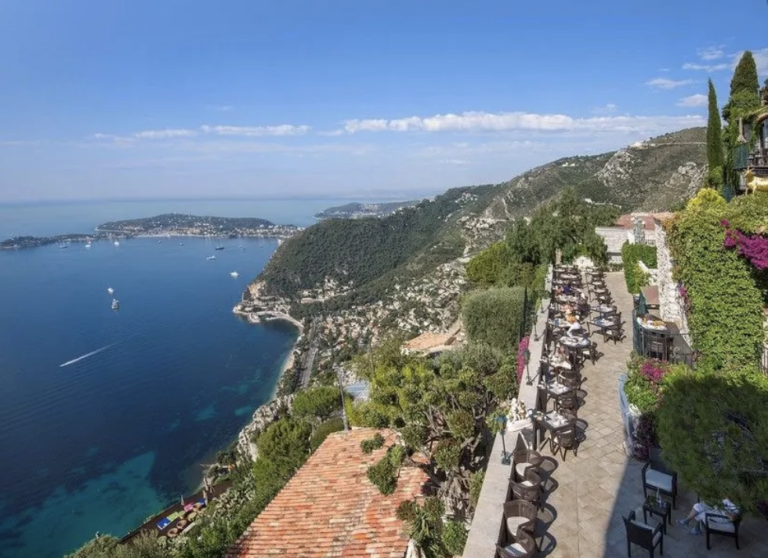Essential Things to See & Do in Naples, Italy
Naples has fantastic food, active nightlife, festivals, and a myriad things to do. But no visit would be complete without making time for these essentials:
Naples National Archaeological Museum
The Museo Archeologico Nazionale di Napoli is one of the most important museums in the world for Greco-Roman artifacts. It hosts many of the most important objects uncovered at Pompeii and Herculaneum, as well as having a spectacular collection of relics from ancient Egypt. The famous Farnese Marbles contain many Roman copies of classical Greek sculpture, and in many cases are the only remaining artifacts which reveal insights about ancient Greek art and design. The Naples National Archaeological Museum also contains the infamous Secret Cabinet, once reserved for only those of mature age and known morals. The Secret Cabinet contains a collection of erotic art and frescoes recovered mostly from Herculaneum, and has a long and controversial history.
Aside from the scope and beauty of the collections, the museum itself dates back to the 14th century, and served as the University of Naples from 1616 to 1777. It is a beautiful and fascinating space in its own right, and the Hall of the Sundial is breathtaking.
Spaccanapoli
Spaccanapoli is the informal name for the main street through the old, historic center of Naples. It means “Naples splitter” because it is long and straight and seems to divide the city in parts. Along the way, it has a number of actual street names, but it is best known as Spaccanapoli. It is an important destination for visitors to the city because it connects many of Naples’ oldest, most important, and most spectacular palazzos, cathedrals, and monuments. Not only is the best way to see many of these places, but the street itself is lined with unique shops, cafes, and galleries that are well worth a long stroll to just take in. The 1 mile of Spaccanapoli is a UNESCO world heritage site, and connects you to the sights and spirit of ancient Naples.
Castle dell’Ovo
The incredible Egg Castle is the oldest standing fortification in Naples, built on the original foundations of the city itself. While fortifications on the site date back to the 6th century BC, the present castle was built by the Normans in the 12th century. Legend has it that the Roman poet Virgil placed a magical egg in the foundations of the castle, and as long as the egg remains intact, Naples is protected from disaster. In the 19th century, a small fishing village grew around the seaward side of the castle, which eventually developed into today’s marinas and restaurants with ocean-fresh seafood. The castle has incredible views of the ocean and the city, and is often the site of civic and cultural events.
Catacombs of San Gennaro
The Catacombs of San Gennaro are the largest Christian catacomb complex in southern Italy, first used in the 1st and 2nd century AD as paleo-Christian worship and burial sites. Located beneath the Rione Sanita neighborhood and marked by the church of Madre del Buon Consiglio, the area is sometimes called colloquially “The Valley of the Dead”. The catacombs contained the remains of Saint Agrippinus of Naples, the first patron saint of the city, and also of St. Januarius, a later patron saint of Naples (Naples has an astonishing 52 patron saints, more than twice as many as any other city in Italy). Over time, the catacombs grew to not just have burial sites, but an altar, a confessional, and possibly even monastic cells. Until the 11th century, bishops of Naples were interred in the catacombs, and even today masses are still held in the underground basilica. The Catacombs of San Gennaro are a completely unique experience and insight into the ancient life and religious practices of Naples, and shouldn’t be missed.
Naples Cathedral
The Duomo di Napoli is also known as the Cattedrale di San Gennaro in honor of Saint Januarius. Construction of the cathedral was completed in the 14th century, but it was built on the foundation of earlier basilicas, and excavation has revealed artifacts that date back to Greek and Roman times. The cathedral is most famous for being richly decorated by generations of famous Italian artists, including frescoes by Domenichino and Giovanni Lanfranco, the high altar by Francesco Solimena, and a reliquary by 14th century French masters. The Duomo is also famous for the blood miracle of St. Januarius. Twice a hear, a procession is held in which a vial of the saint’s blood, preserved since his death in 305AD, liquefies, and the liquefaction is greeted with a 21 gun salute at the Castel Nuovo. It is said that in years that the blood fails to liquify, tragedy befalls Naples. The cathedral is an incredible sight for lovers of ancient and baroque art, and if you happen to witness a miracle, that’s even better.
Naples is a rich and wonderful city, full of unique experiences and traditions that make it unlike anywhere else, in Italy or the world. Make sure you catch these essential sights during your visit.



